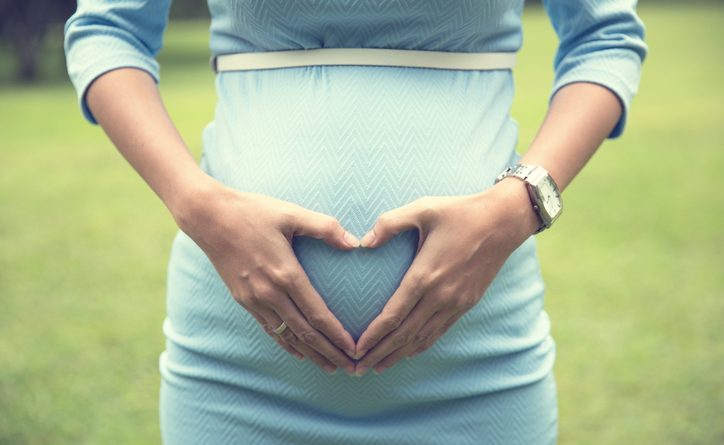Miscarriages are unfortunately a fairly common part of the pregnancy process. Since there are so many different types of miscarriages, as well as several varying factors that can increase your risk, the statistics surrounding miscarriages can be confusing to understand on an individual basis. Here are the most important statistics to know about miscarriages:
- Chemical pregnancies account for 50% to 75% of all miscarriages. This means that the pregnancy is lost shortly after implantation, usually resulting in bleeding around the time of your expected period. Most women are not aware they were even pregnant before experiencing this type of miscarriage.
- Clinically recognized pregnancies have about a 10% to 25% chance of ending in miscarriage.
- Women in their childbearing years have about a 10% to 25% chance of miscarriage, but in most healthy women the average chance is between 15% and 20%.
- Increase in maternal age will increase the chance of miscarriage. Women between the ages of 35 and 45 will have a 20% to 35% chance of miscarriage, while women over the age of 45 can have up to a 50% chance of miscarrying.
- Women who have had a previous miscarriage will have a slightly elevated risk of having another.
Featured Image: Thinkstock/ ferlistockphoto








